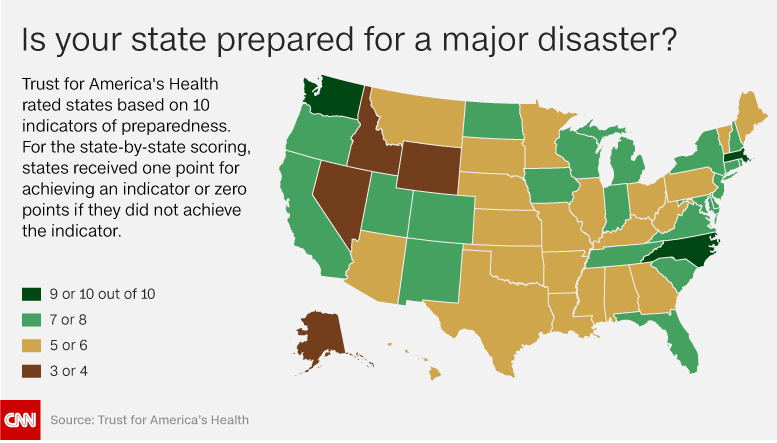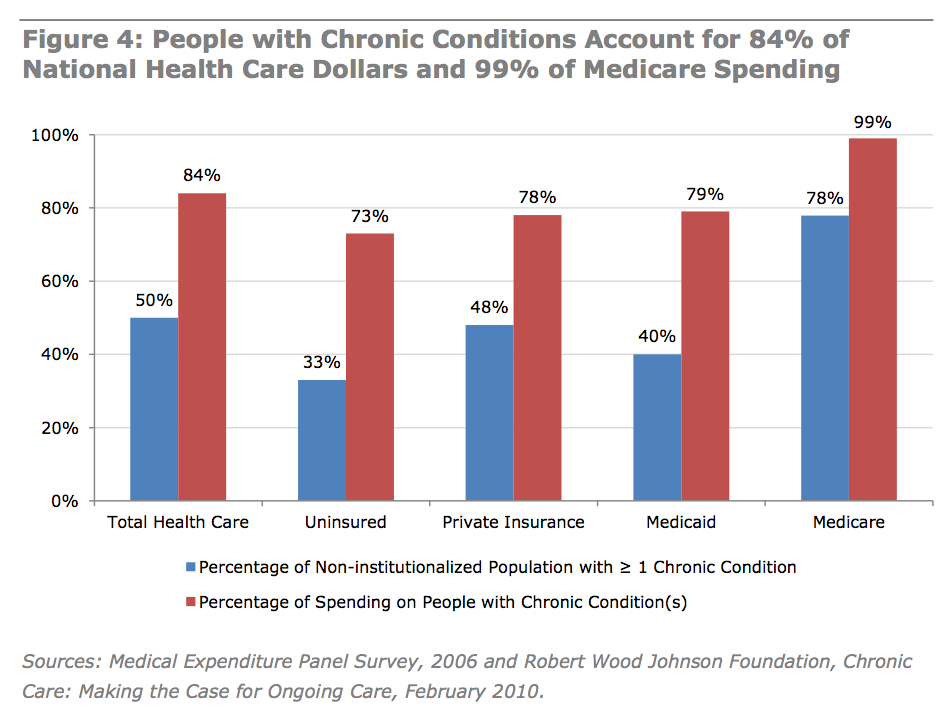The primary, overarching goal of the Fellowship in Metabolic and Nutritional Medicine is not only to instruct participants in the most recent developments in metabolic medicine, but also to allow them to further their professional trajectories and journeys. Many of our Fellows go on to open their own practices or change current practices; several of them write and become published; others share education and disseminate information in a variety of ways.
 Nathan Goodyear, MD, one of our previous Fellows, penned an article for LinkedIn titled “What is Wellness Medicine? A life lesson.” Board-certified by the American Academy of Anti-Aging Medicine in 2010, Dr. Goodyear completed the Advanced Fellowship in addition to several electives: Pediatrics, Homeopathy, IV Therapy, Toxicology, and Weight Management. In the article, he discusses the characteristics that distinguish ‘wellness medicine,’ explaining that the very nature of this brand of medicine is defined by its focus and goal: “its focus is the patient and its goal is the healing of the patient.” Dr. Goodyear explains that wellness medicine is rooted in being proactive: working within the parameters of someone’s lifestyle, in order to prevent the manifestation of chronic disease.
Nathan Goodyear, MD, one of our previous Fellows, penned an article for LinkedIn titled “What is Wellness Medicine? A life lesson.” Board-certified by the American Academy of Anti-Aging Medicine in 2010, Dr. Goodyear completed the Advanced Fellowship in addition to several electives: Pediatrics, Homeopathy, IV Therapy, Toxicology, and Weight Management. In the article, he discusses the characteristics that distinguish ‘wellness medicine,’ explaining that the very nature of this brand of medicine is defined by its focus and goal: “its focus is the patient and its goal is the healing of the patient.” Dr. Goodyear explains that wellness medicine is rooted in being proactive: working within the parameters of someone’s lifestyle, in order to prevent the manifestation of chronic disease.
Perhaps most importantly, Dr. Goodyear clarifies that wellness medicine and traditional medicine are not dichotomous, nor do they conflict with each other. Rather, the two paradigms of medicine can—and should—co-exist, as they directly complement each other. While the purpose of wellness medicine is to enact lifestyle interventions that can prevent disease, traditional medicine is critical in its evidence-based style that is necessary in both disease diagnosis and management.
To read Dr. Goodyear’s article in full, click here. Learn more about our Fellowship in Metabolic and Nutritional Medicine here.


